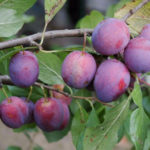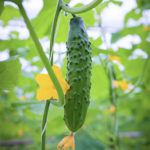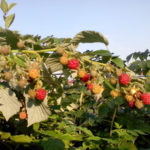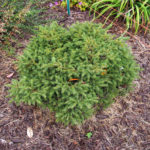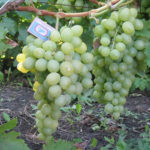Apple variety Snowdrop
Snowdrop is an early winter apple variety. Obtained at the Research Institute of Fruit and Vegetable Growing as a result of free pollination of the Vydubetskaya weeping apple tree. Created by scientists Mazunin M. A, Mazunina N.F. and Putyatin V.I. Zoned in Western Siberia and the Ural region, where it is widespread.
Stale variety. The tree is a natural dwarf, reaching a height of 2 m on seed stocks and no higher than 1.5 m on clonal stocks obtained by vegetative propagation. The crown is drooping or flat-horizontal, spreading. Shoots generally grow downward from the main branch or horizontally. Forming pruning should be done regularly. The crown is formed parallel to the ground. The apple tree needs regular pruning, props and garters, because under the weight of the fruit, the branches sag strongly. The variety takes root very well.
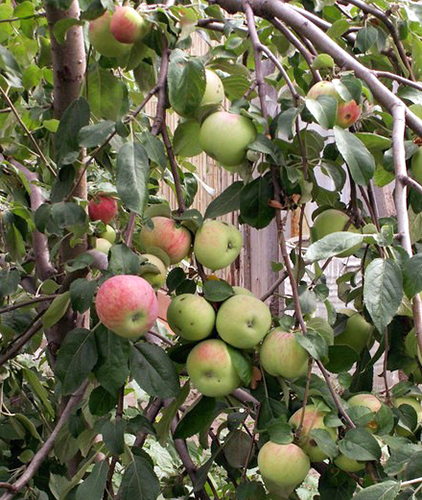
The stem and main branches have a light brown bark. Fruiting occurs on all types of fruit formations, as well as on last year's increments.
Non-thick shoots are distinguished by a greenish-brown bark. Large leaves of a dark green color have an oblong-rounded shape and a small-town edge. Strongly pubescent.
The apple tree is very fast-growing. The first fruits are removed from the tree already 3-4 years after inoculation. A young tree bears fruit annually. As the tree ages, fruiting becomes mildly periodic. Average yield - up to 80 - 90 kg per tree.
The variety is self-fertile. Good pollinators - Carpet, Land, Sokolovskoe.
The apple tree Snowdrop is distinguished by its high winter hardiness. It can withstand temperatures up to minus 40 ° C. Has high generative abilities. After freezing in especially extreme winters, it completely restores the lost part of the crown in 1 - 2 years and again gives good yields.
Drought resistance is high. With prolonged drought, the tree does not die, but the quality of the fruit decreases. Therefore, to form a full-fledged harvest, the apple tree should be watered. Snowdrop has an average resistance to diseases and pests. The resistance to scab is quite high. In the most unfavorable years, the variety was affected by scab by 1 point. It is undemanding to soils, has good ecological adaptability.
Fruits are average in size, weighing 140 - 170 g. Under the conditions of intensive agricultural technology, fruit enlargement was observed up to 300 g (isolated cases). The shape of the apples is round-conical with subtle ribs. The skin is smooth, glossy, dry. The main color is light yellow, the integumentary color is a slight blush, blurred for most of the fruit. Numerous subcutaneous points of medium size and clearly visible. The peduncle is smooth, erect, of medium length and thickness. The pulp is dense, snow-white, very juicy, fine-grained, good sweet and sour taste, estimated at 4.3 points. The apple has a pleasant light aroma.
The chemical composition of the fruit: soluble dry matter - 14.4%, sugars - 9.2%, titratable acids - 0.8%, ascorbic acid - 18.7 mg / 100 g, pectin substances - 1.3% in terms of crude the weight.
Apple fruit Snowdrop for universal use. They are used both fresh and in the form of compotes, jams, preserves.
The apples are ready to eat in early September. Consumer maturity and removable maturity are the same. The storage period is 120 days (until January). By the end of maturation, the taste of the fruit deteriorates, the pulp becomes soft, "cottony".
The genetic material of the Snowdrop variety is used by breeders to create low-growing apple trees.
